- News
-
-
-
-
-
Latest News Articles
- ‘Supercomputing’ uncovers information about great gray owl May 1, 2024
- Shedding light on vanishing fireflies May 1, 2024
- JWM: Problem crocs in Darwin, Australia come from far and wide April 30, 2024
-
-
-
- Wildlife Professional Resources
-
- Our Network
-
- PUBLICATIONS
-
-
Recent Posts
-
 The Wildlife Professional November/December Issue
November 1, 2023
The Wildlife Professional November/December Issue
November 1, 2023
-
-
-
-
-
-
- Wildlife Events
-
-
-
Upcoming Webinars
- No Events
-
-
-
- Who We Are
-
Geographical Location: Australia & Oceania
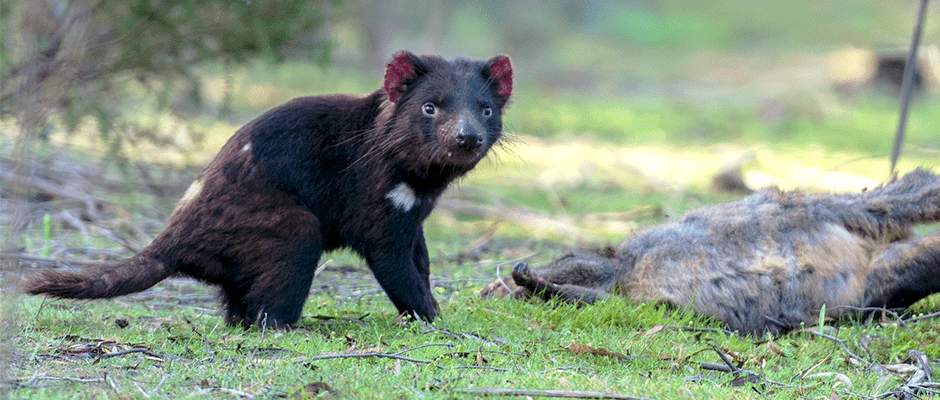
March 14, 2018
Tasmanian devils decimated by face cancer
In 1996, a wildlife photographer in northeastern Tasmania snapped the first records of Tasmanian devils (Sarcophilus harrisii) with lesions marring their faces. Researchers recently found that since then devil facial...

February 27, 2018
Duck! It’s a drone!
The use of drones in the wildlife field has soared over the last five years, from tracking polar bear activity in the Arctic to fighting rhino poaching in South Africa....
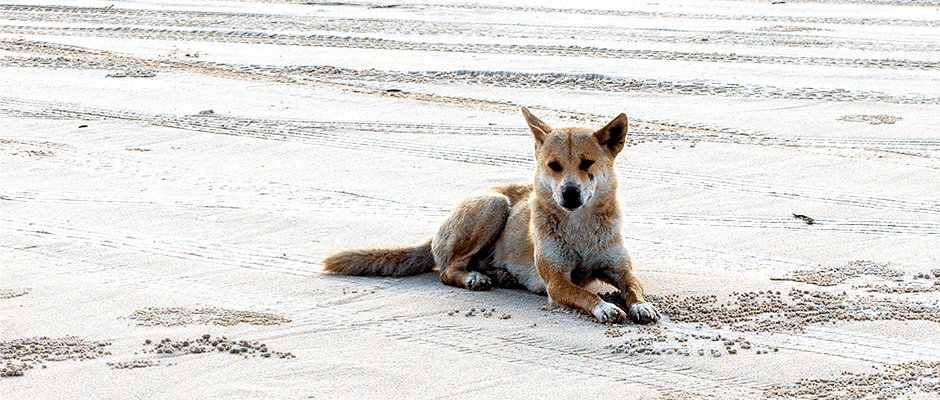
November 8, 2017
JWM: Fishermen alter dingo foraging behavior
When Eloïse Déaux spent time on a beach on Australia’s Fraser Island, she noticed that dingoes (Canis dingo) behaved differently when fishermen were around. “When fishermen were standing there and...
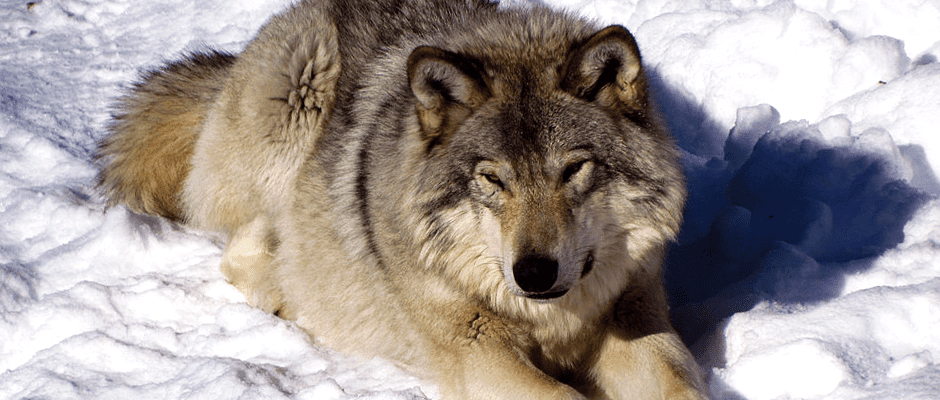
June 12, 2017
In high numbers, apex predators suppress lesser ones
From Canada to central Europe to Australia, top predators can control lower-order predators and exert an influence over the broader ecosystem, a new study found, especially if they appear in...
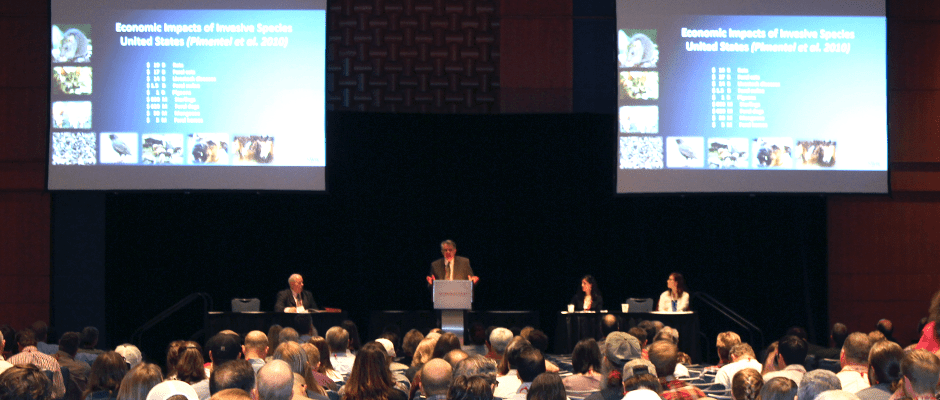
October 18, 2016
Plenary examines the threat of invasive species
Wildlife professionals everywhere are struggling against the threat of invasive species. At Monday’s plenary symposium at the TWS 23rd Annual Conference, three experts offered insight on this universal challenge, laying...

August 10, 2016
A dogged last defense against brown tree snakes
On a late June morning, biological science technician Joaquin Benavente and his partner Bonnie started a routine day at the U.S. Navy processing center on Guam, with 16 outbound vehicles...

July 8, 2016
JWM Study: Following New Zealand’s rare forest bird
At night, in the dark forest of New Zealand’s mainland Bushy Park reserve, you might look up and see a splash of bright yellow in the trees. Pay close attention...
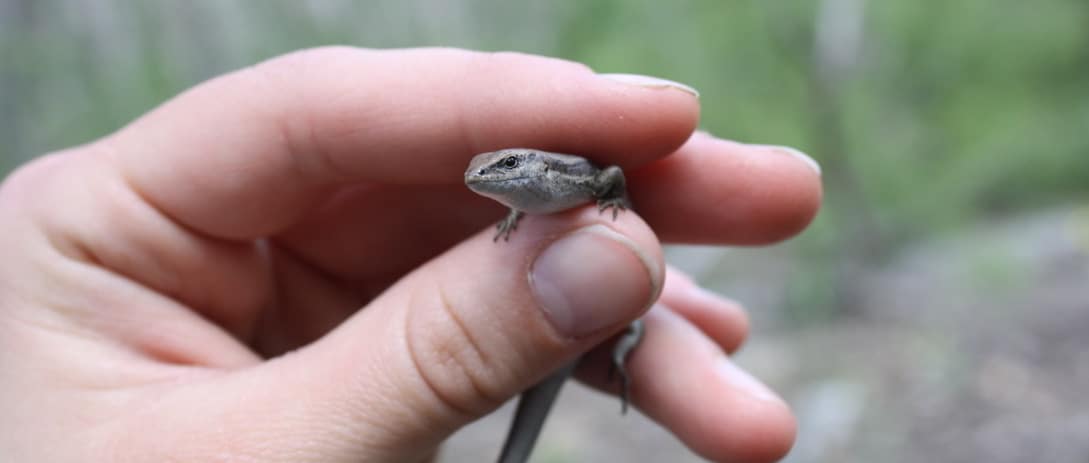
August 19, 2015
Habitat Fragmentation Causes a Hot Problem for Wildlife
The negative effect some species feel from habitat fragmentations may have more to do with temperature changes than anything else, according to ongoing studies. In fact, temperature could explain why...

